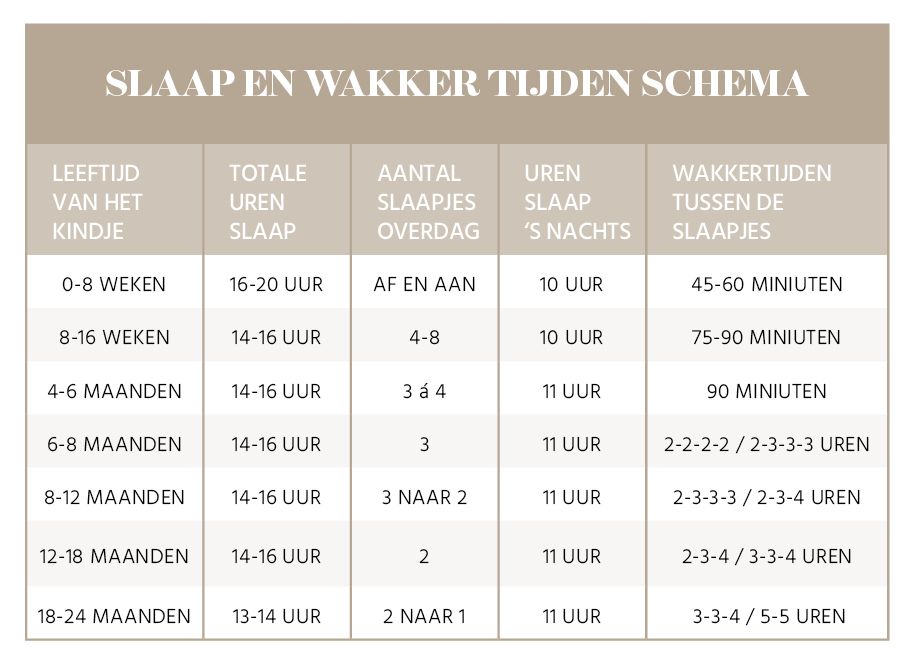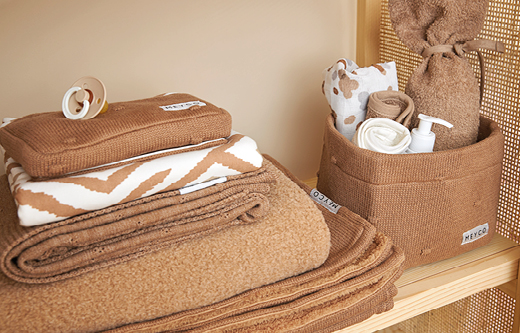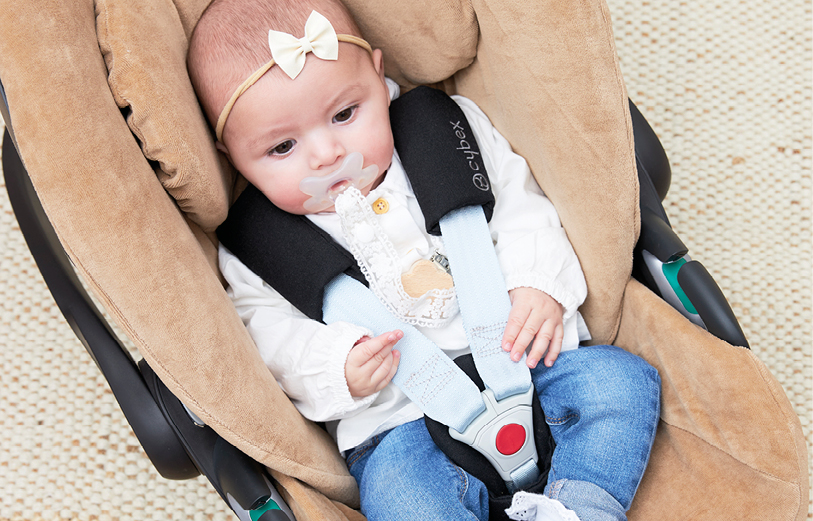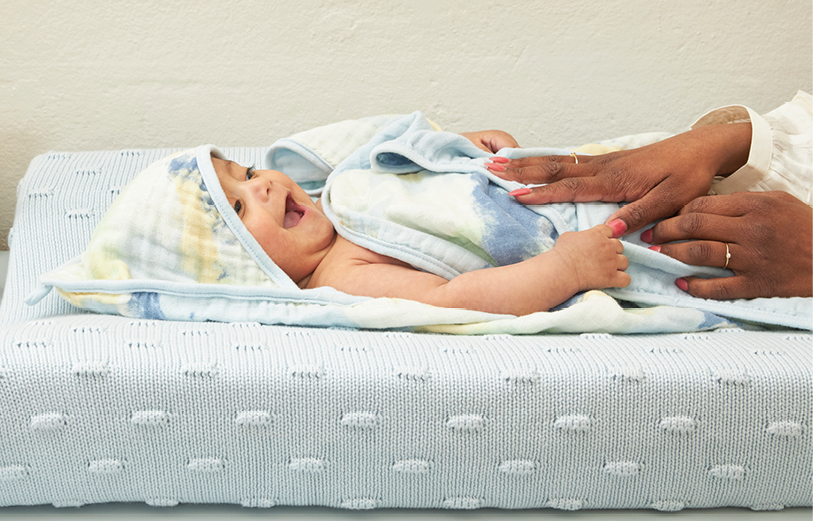
Zzz... Dreambaby
In conversation with sleep coach Janine Nuttycombe
A bad sleeper and broken nights, Janine knows all about it. Still, peace returned to her house. How? Because she followed a training as a sleep coach. From that moment on, she knows for sure: she grants this to everyone. Thus begins her career as a sleep coach. We talked to Janine and got tips and advice with which you too can create a dream rhythm with your baby.
The right tips and advice make all the difference
My son, now 3.5 years old, was a bad sleeper and couldn't really fall asleep without me. After endless attempts and searching the internet I came across the sleep coach training 'Dream rhythm coach' by Stephanie Lampe. With the right tips and advice, I noticed that things quickly got better. I also wanted this for others. So that sleeping and going to bed becomes a pleasant experience again, for both parents and the baby", Janine begins.
You don't have to let your baby cry to learn to sleep
Janine has already helped more than 300 families to improve their sleep rhythm. “When parents call me crying, I often cry with them. I know how tough it can be. However, the method I work with is certainly not just for families with sleeping problems. In fact, this prevents that. It is a loving method, where sleeping becomes something nice and where you don't have to let your baby cry to learn to sleep," says Janine.
How do I know if my baby is tired?
Recognize your child's sleep signals in 3 phases:

Phase 1
Tired: Staring, absent, looking away

Phase 2
Gotta go to bed: Rubbing eyes, yawning

Phase 3
Overtired: Busy, crying, pushing you away
The total picture counts
The Dream Rhythm method differs from other methods because it looks at the overall picture. Janine: 'It always starts with the basics. How was the delivery? How are the parents? Are there any tensions or discomforts, such as reflux? As soon as we have insight into this, we will get to work on teaching your child to sleep'. Learning to sleep starts with keeping the right wake times for your baby. The wake times in this schedule are based on sleep urges and finding the right timing to put your baby to bed. Therefore, make sure that you recognize the moment when your baby's urge to sleep peaks. This is the ideal time to go to sleep.
Learning to fall asleep yourself
“For many children, the biggest problem is that they cannot fall asleep on their own. They start to cry as soon as you put them down, which is difficult for parents. You don't want to let your baby cry.
So what happens: rock and hold until they sleep and then put them away. This creates a vicious circle: the naps become shorter, they wake up faster and become overtired, which means that they sleep even worse," explains Janine.
"Just enjoy your rest for a while." The right tips and advice make all the difference


More rested means better sleep 'I can reassure you: if you start building a rhythm, the quality of the sleep really improves. It's not learned overnight, so start with a nap a day," continues Janine.
In the sleep schedule on the right you can see approximately how long your child can be awake between naps and how many hours of sleep he needs in a day. Sometimes your baby may not seem tired, but your little one may be. From 8-12 months, your little one will be awake the longest after the last nap, and then go into the night.
Learn to recognize the sleep signals. Think of a sleeping ritual that you perform the same way every time. Try to put your baby down a little more awake and build it up to several naps. Eventually he gets used to it, recognizes the ritual and will go to sleep more easily because of this.




















